Centella Asiatica For Skin: Benefits And Side Effects
Learn how a medicinal herb improves your skin's appearance and makes it healthy from within
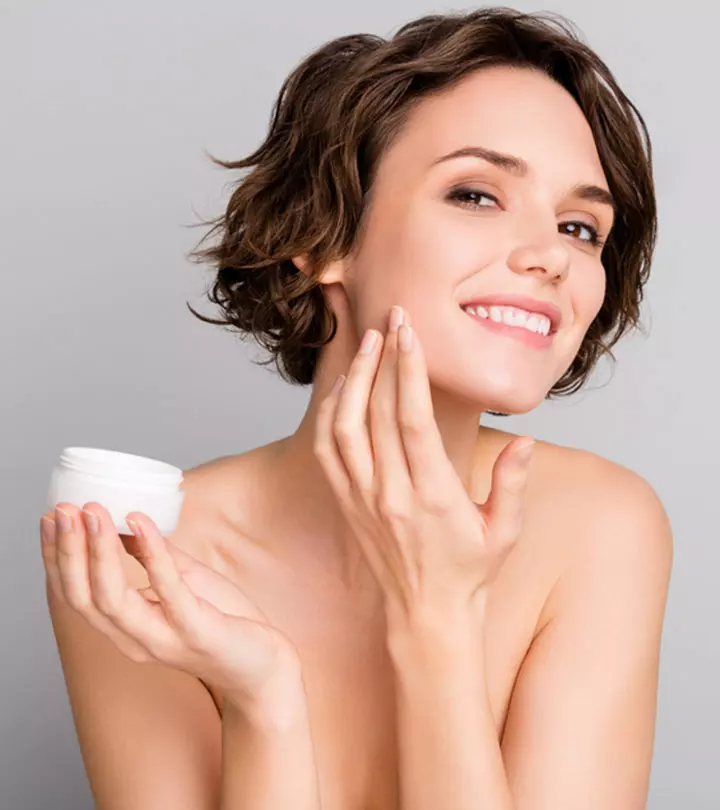
Image: Shutterstock
Centella asiatica, usually known as cica, is a perennial plant unlikely to grow in your backyard. However, thanks to K-beauty, it has found its way into many skin care products and has received a lot of attention in recent years. The benefits of Centella asiatica for skin are numerous. This herb, which is used in traditional Chinese medicine, has many relaxing and healing properties. Keep reading to learn more about this potent ingredient and the benefits it can provide to your skin.
In This Article
What Is Centella Asiatica?
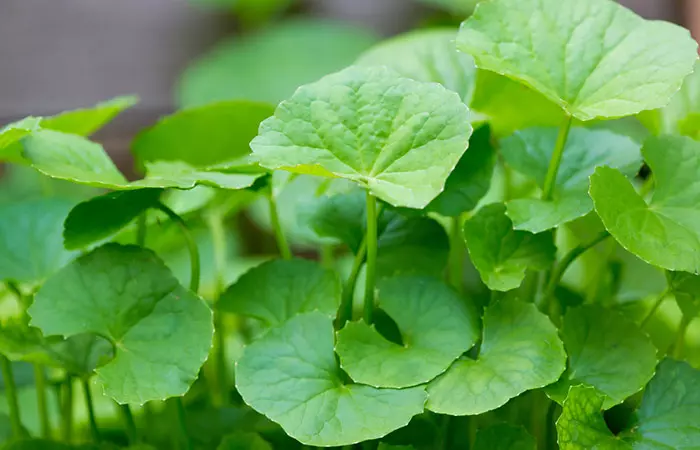
Centella asiatica is a perennial medicinal herb native to the wetlands in Asia, especially in Southeast Asian countries like India, Sri Lanka, China, Malaysia, and Indonesia (1). It is also known as gotu kola (in China), brahmi (ayurveda), tiger herb, Indian pennywort, and wild violet.
Centella asiatica is primarily used in folk medicine and Ayurvedic treatments mentioned in Sushruta Samhita, an Indian medicinal text, for its potential medicinal and therapeutic benefits (2). It has wound healing properties and is also used for healing skin issues like psoriasis, dermatitis, and lupus.
Centella asiatica or cica is frequently used in skin care products for its skin-restorative properties. Keep reading to learn why you should include it in your skin care routine.
Key Takeaways
- Centella asiatica is a perennial medicinal herb used for healing skin issues like psoriasis, dermatitis, and lupus.
- The anti-inflammatory properties of Centella asiatica may soothe acne inflammation.
- Skin allergies, burning sensations, irritation are some of the side effects of Centella asiatica.
Benefits Of Centella Asiatica For Skin
1. May Heal Wounds And Burns
Centella asiatica has wound-healing abilities and has been used orally and topically to repair wounds (2). A mice study states that it contains triterpenoids compounds like asiaticoside, asiatic acid, Madasiatic Acid and madecassoside that promote collagen production and accelerate the wound healing process (3).
2. May Reduce The Appearance Of Cellulite & Scars
Centella asiatica metabolizes the enzymes proline and lysine, which helps in collagen production. The herb also helps improve blood circulation (4). It promotes wound healing and may reduce the risk of scarring and keloid formation. Applying products with Centella asiatica may help reduce the appearance of stretch marks and cellulite (5).
3. May Minimize Aging Signs
A study involving 20 female volunteers evaluated the effect of 0.1% madecassoside extracted from Centella asiatica on the signs of photoaging, highlighting the benefits of madecassoside for skin (6). After six months of treatment, the researchers observed a significant improvement in superficial wrinkles and skin hydration levels. It also made the skin soft and supple and improved its texture.
 Fun Fact
Fun FactMadecassoside promotes collagen expression and reduces inflammation to manage signs of photodamage and aging.
4. Soothes The Skin
Centella asiatica
is especially beneficial for sensitive skin and can calm redness and irritation.
The 2021 study in Clinical, Cosmetic and Investigational Dermatology involved 3050 participants. Of these, 1526 reported sensitive skin, while 1524 reported non-sensitive skin, showing an almost equal split. Women tended to report sensitive skin more than men and younger age groups had higher rates of sensitivity, peaking around ages up to 34 years. It can be attributed to the triterpenoids (asiaticosides and madecassoside) in the herb, which can reduce inflammation to soothe your skin.
5. Prevents UV Damage
Centella asiatica
is a potent antioxidant and can prevent UV damage, thanks to its triterpene composition (7). It can prevent free radical damage, which is often one of the main causes of premature aging, and minimize signs of UV damage like dark patches, hyperpigmentation, dryness, fine lines, and uneven skin tone.
6. May Reduce Acne Inflammation
Centella asiatica has anti-inflammatory properties and may help soothe acne inflammation. It may help relieve the pain, swelling, and redness associated with acne lesions, making it one of the most effective herbs for acne.
7. May Soothe Irritated Scalp
Centella asiatica may soothe an irritated and oily scalp. It helps control sebum (oil) production that may keep infection at bay and repair your scalp to give your stronger and healthier hair (8).
 Trivia
TriviaWe have learnt the various benefits of Centella Asiatica for the skin. To learn how to use it, check out the next section.
How To Use Centella Asiatica For Skin?
Centella Asiatica
can be used topically for skin health. Here is a simple way to make a Centella Asiatica-infused toner.
Ingredients
- 1 cup distilled water
- 2 tablespoons of dried Centella Asiatica leaves or powder
- Essential oils such as lavender or tea tree oil (optional)
Instructions
1. Boil the water in a pot and add Centella Asiatica leaves or powder to it.
2. Simmer for 15-20 minutes on low heat, allowing the herb to infuse into the water.
3. Let the mixture cool. Then, strain the liquid and pour the infused liquid into a clean bottle or container.
4. Optionally, add a few drops of skin-friendly essential oil for added benefits and fragrance.
5. Store the toner in the refrigerator and use it with a cotton pad after cleansing your face.
If you are wondering how Centella Asiatica works with different skin types, here are a few pointers:
- Sensitive Skin: Use a Centella-based moisturizer or serum to keep the skin comfortable and relaxed.
- Oily And Acne-Prone Skin: Opt for a Centella-infused toner or gel to keep your skin balanced without making it feel greasy.
- Dry Skin: Select a good moisturizer or serum with Centella that can help keep your skin smooth and hydrated all day long.
- Mature Skin: Go for a Centella-based cream or serum that can keep the skin looking fresh and youthful.
While Centella asiatica has numerous skin benefits, it may also cause minor side effects. Let’s take a look at them.
Are There Any Side Effects Of Using Centella Asiatica For Skin?
Centella asiatica
is a safe ingredient for all skin types. However, if you are allergic to it, cica may cause a few side effects like (2):
- Skin allergies
- Burning sensations
- Irritation
- Contact dermatitis
If you have never used cica products, it is best to do a patch test to avoid adverse effects. And if you are keen to give it a try, here are a few product suggestions.
Frequently Asked Questions
Can I use niacinamide with Centella asiatica?
Niacinamide is yet another skin care component that can aid those who struggle with acne (10). Fortunately, niacinamide and Centella asiatica can be safely mixed to lighten and decongest skin while reducing redness and swelling.
Is Centella asiatica good for oily, acne-prone skin?
Centella asiatica benefits all skin types, but it’s incredibly advantageous to oily and acne-prone skin. It cleans and hydrates the skin while removing debris and excess sebum – and it won’t harm your skin’s natural moisture barrier.
Can I use Centella asiatica with salicylic acid?
The straightforward answer is yes. Centella asiatica and salicylic acid are a good match for each other. Salicylic acid can enter deeper into the layers of skin since it is oil-soluble (but it also may dry and irritate the skin). Niacinamide, on the other hand, decreases inflammation and increases the skin’s natural moisture.
Does Centella repair the skin barrier?
Yes, Centella asiatica can aid in the repair of the skin’s moisture barrier, allowing it to protect itself from further breakdown (11).
Does Centella mix with vitamin C?
Yes, Centella and vitamin C can be used together. According to a study, a topical mixture of vitamin C and Centella asiatica helped improve skin suppleness, firmness, and hydration, as well as the appearance of wrinkles, after 6 weeks of application, showcasing the benefits of vitamin C for skin (12).
Centella asiatica is a herb commonly used across several Southeastern countries for its medicinal and wound-healing properties. The benefits of using Centella asiatica for your skin include boosting collagen production, reducing inflammation, protecting against sun damage, and improving your skin health. Although Centella asiatica is safe and suitable for all skin types, you may experience side effects such as burning, irritation, contact dermatitis, or skin allergies. Conduct a patch test before applying it. If you experience any adverse reactions, consult your doctor for further treatment.
Centella Asiatica is a miracle herb for all skincare lovers. It is rich in antioxidants that promote skin healing and protect it from harmful radicals. Watch the following video to learn more about its immense skin benefits.
References
Articles on StyleCraze are backed by verified information from peer-reviewed and academic research papers, reputed organizations, research institutions, and medical associations to ensure accuracy and relevance. Read our editorial policy to learn more.
- Centella asiatica (L.) Urban: From Traditional Medicine to Modern Medicine with Neuroprotective Potential
https://www.hindawi.com/journals/ecam/2012/946259/ - Pharmacological Review on Centella asiatica: A Potential Herbal Cure-all
https://www.ncbi.nlm.nih.gov/labs/pmc/articles/PMC3116297/ - Identification of Major Active Ingredients Responsible for Burn Wound Healing of Centella asiatica Herbs
https://www.ncbi.nlm.nih.gov/labs/pmc/articles/PMC3546525/ - Centella asiatica Improves Physical Performance and Health-Related Quality of Life in Healthy Elderly Volunteer
https://www.ncbi.nlm.nih.gov/pmc/articles/PMC3136695/ - Centella asiatica in cosmetology
https://www.ncbi.nlm.nih.gov/pmc/articles/PMC3834700/ - Clinical biometric and structural evaluation of the long-term effects of a topical treatment with ascorbic acid and madecassoside in photoaged human skin
https://pubmed.ncbi.nlm.nih.gov/18503551/ - Triterpene Composition and Bioactivities of Centella asiatica
https://www.mdpi.com/1420-3049/16/2/1310 - Titrated extract of Centella asiatica increases hair inductive property through inhibition of STAT signaling pathway in three-dimensional spheroid cultured human dermal papilla cells
https://www.researchgate.net/publication/320429958_Titrated_extract_of_Centella_asiatica_increases_hair_inductive_property_through_inhibition_of_STAT_signaling_pathway_in_three-dimensional_spheroid_cultured_human_dermal_papilla_cells - Pharmacological Review on Centella asiatica: A Potential Herbal Cure-all
https://www.ncbi.nlm.nih.gov/pmc/articles/PMC3116297/#ref12 - Clinical Comparison of Topical 2.5% Benzoyl Peroxide plus 5% Niacinamide to 2.5% Benzoyl Peroxide Alone in the Treatment of Mild to Moderate Facial Acne Vulgaris
https://www.ncbi.nlm.nih.gov/pmc/articles/PMC8594539/ - Moisturizing and Antiinflammatory Properties of Cosmetic Formulations Containing Centella asiatica Extract
https://www.ncbi.nlm.nih.gov/pmc/articles/PMC4852572/ - Clinical biometric and structural evaluation of the long-term effects of a topical treatment with ascorbic acid and madecassoside in photoaged human skin
https://pubmed.ncbi.nlm.nih.gov/18503551/
Read full bio of Dr. CP Thajudheen
Read full bio of Monomita Chakraborty
Read full bio of Eshna Das
Read full bio of Swathi E







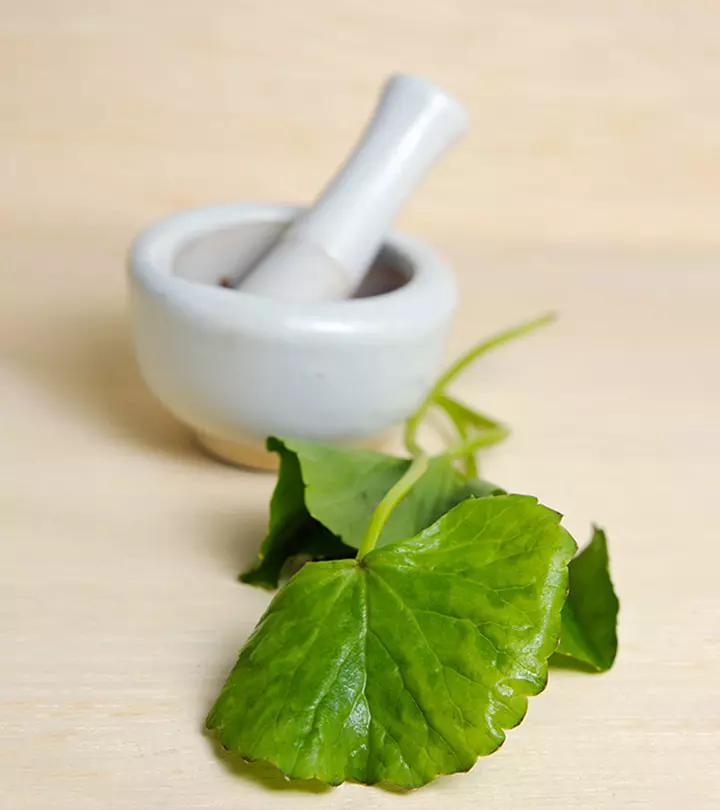
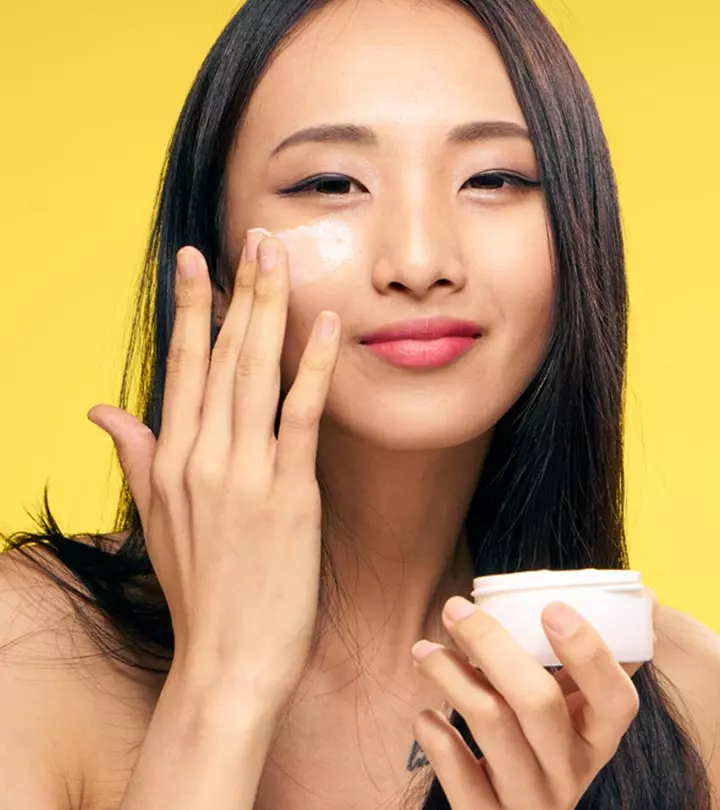
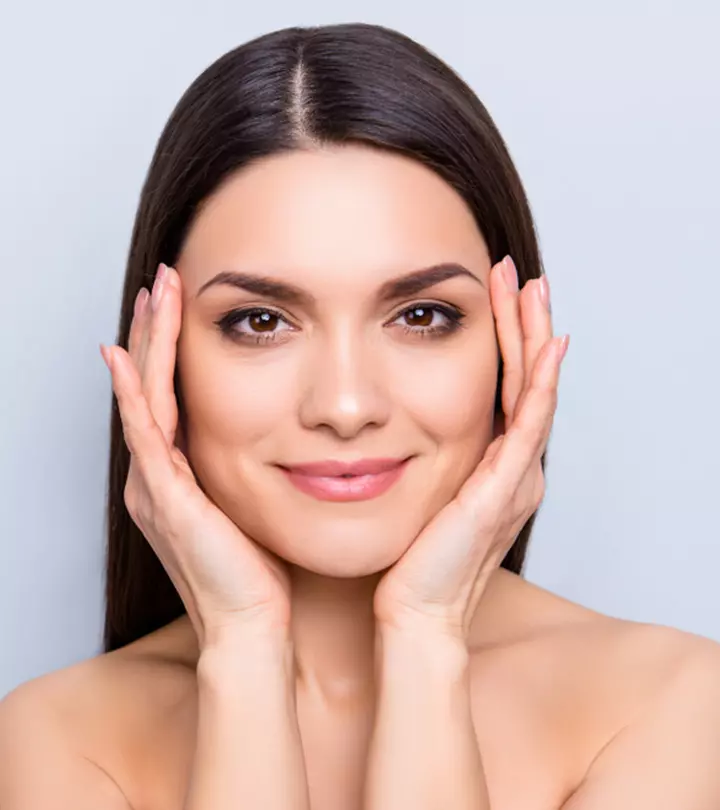
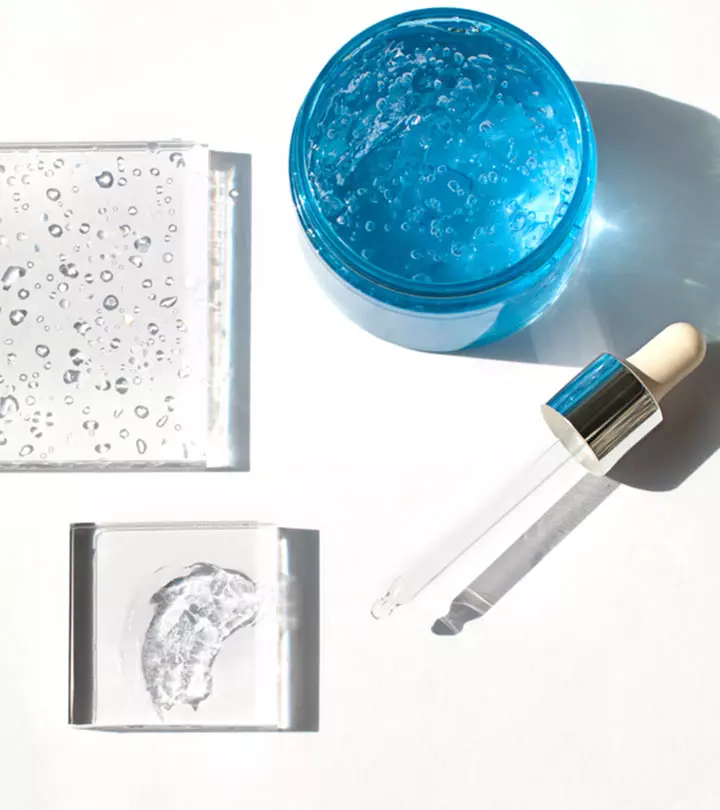
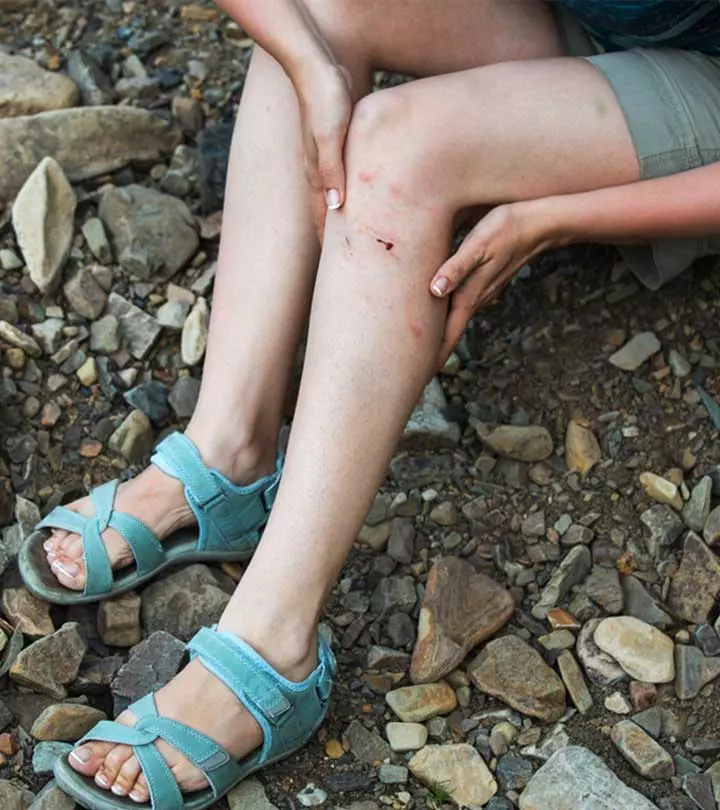
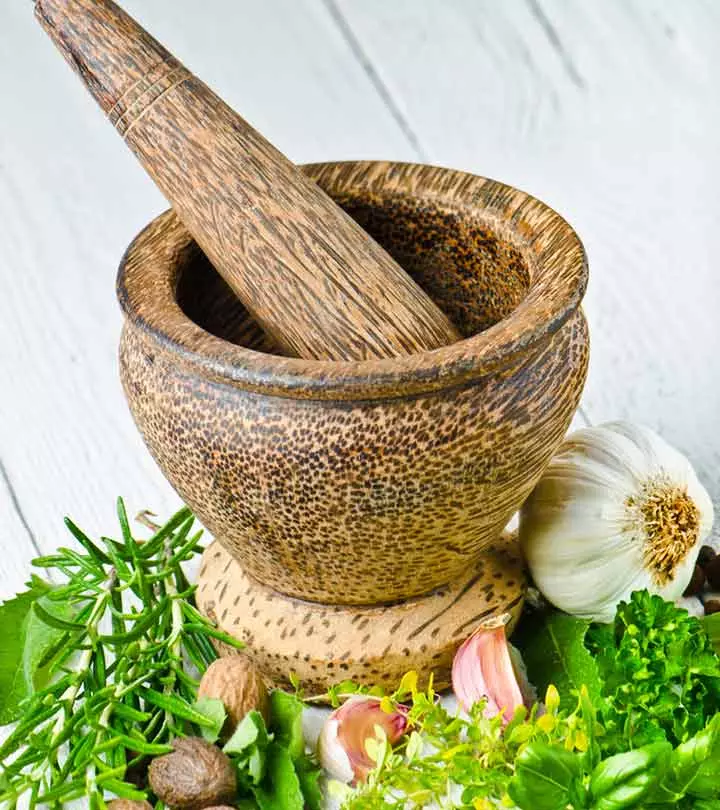
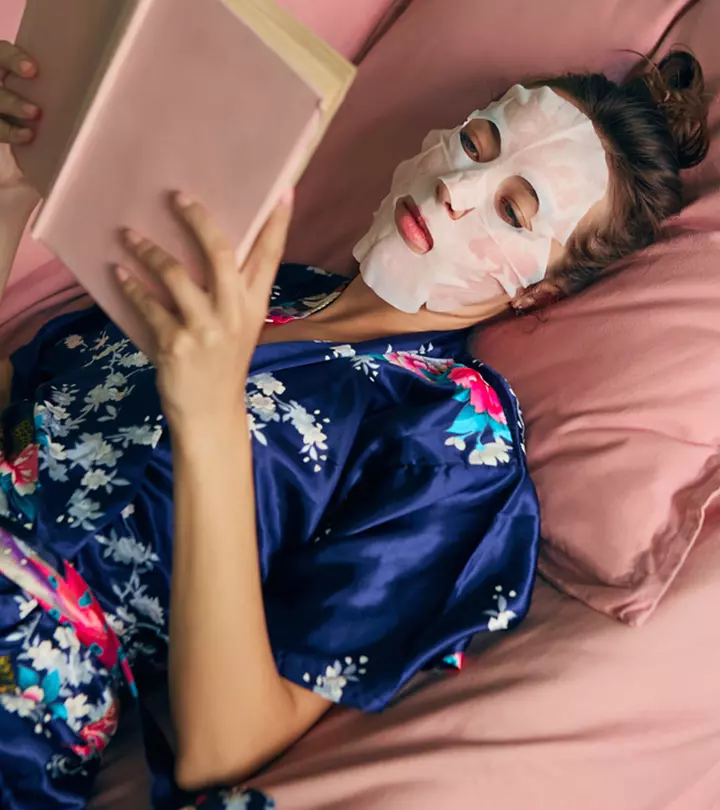






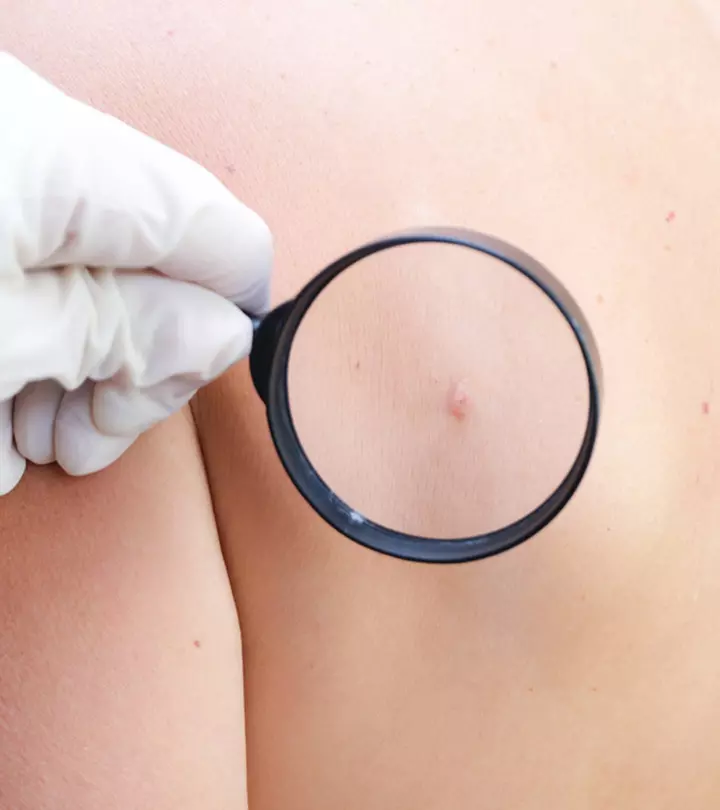
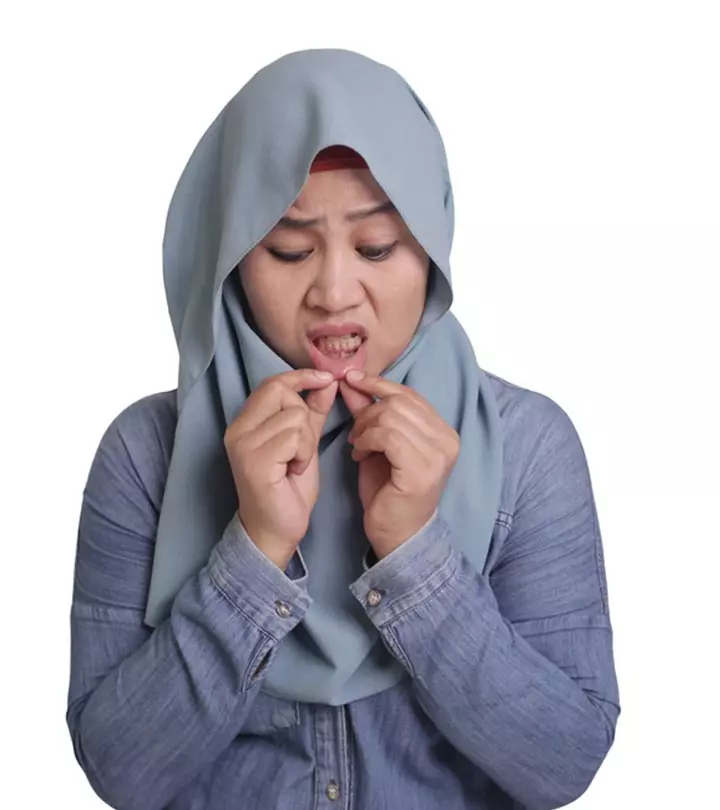
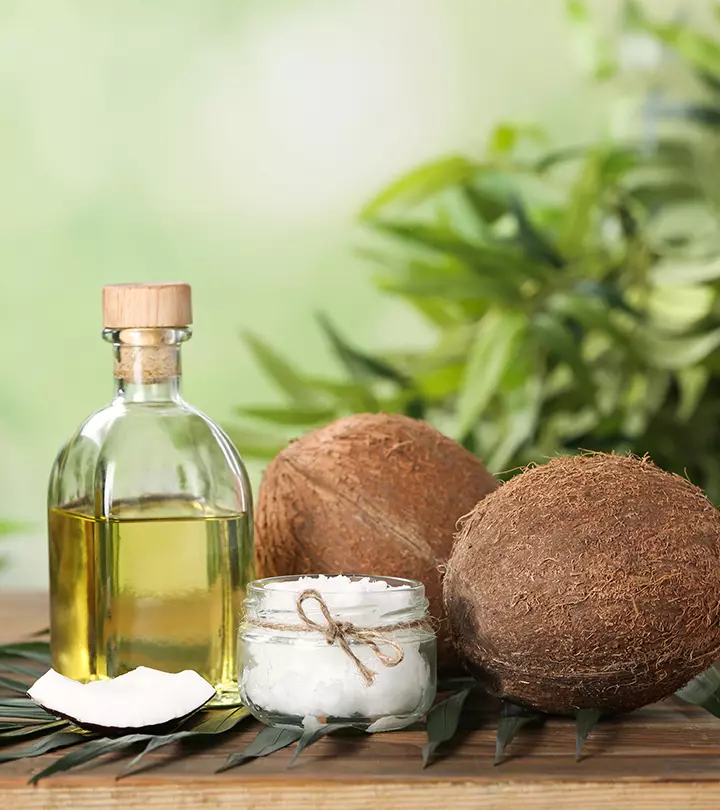

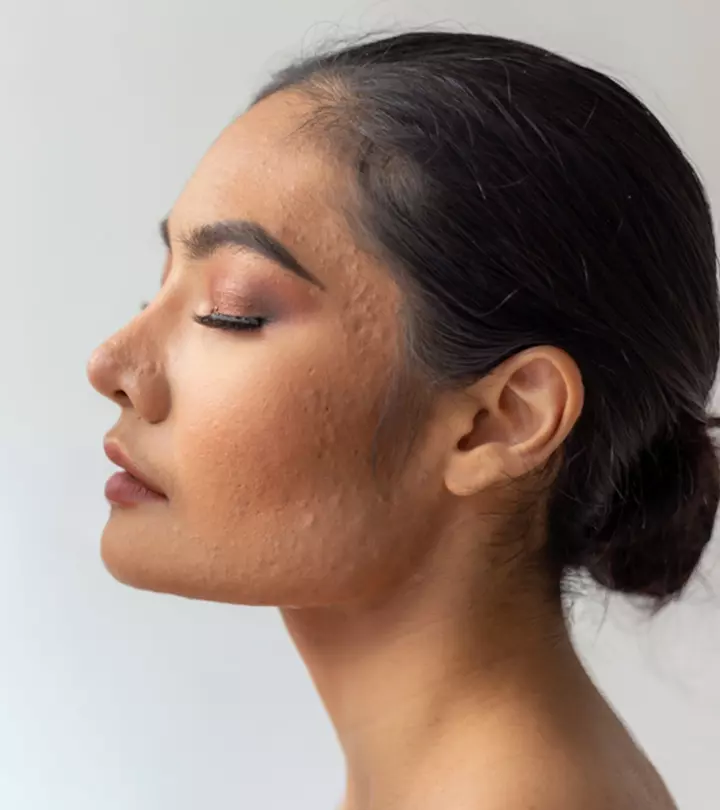

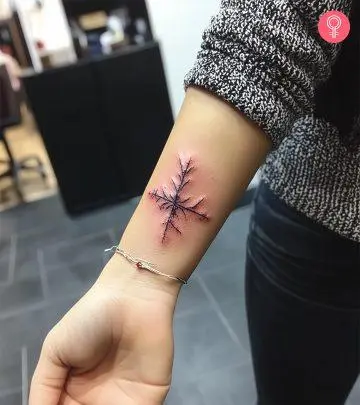
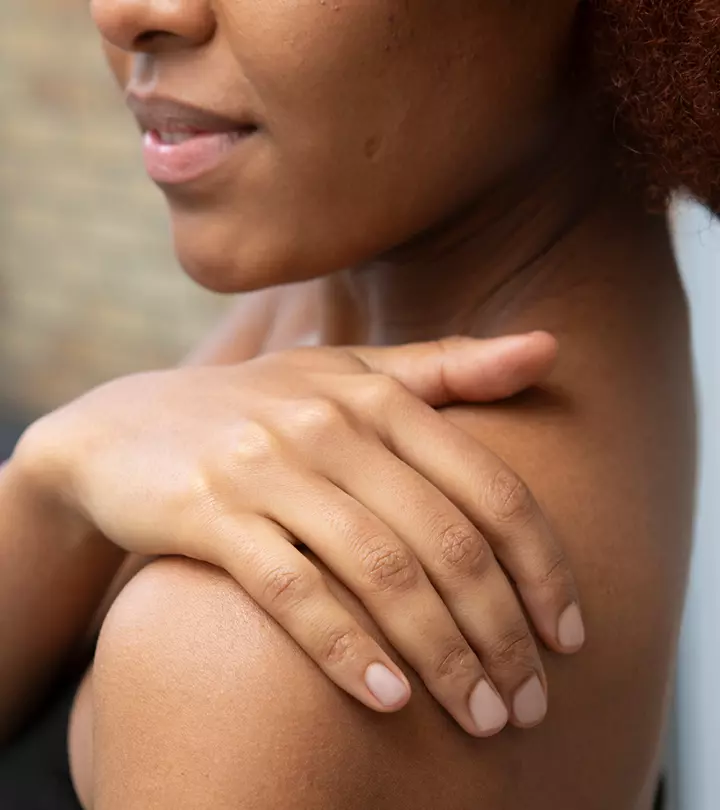
Community Experiences
Join the conversation and become a part of our empowering community! Share your stories, experiences, and insights to connect with other beauty, lifestyle, and health enthusiasts.